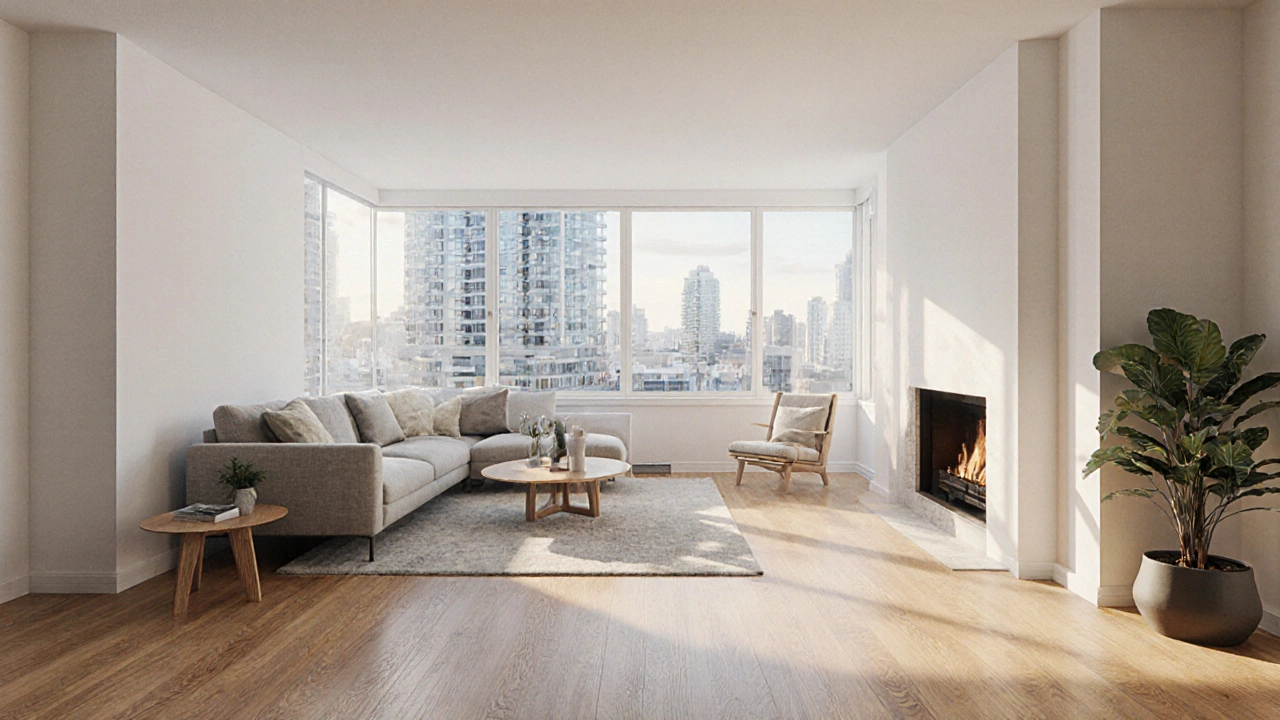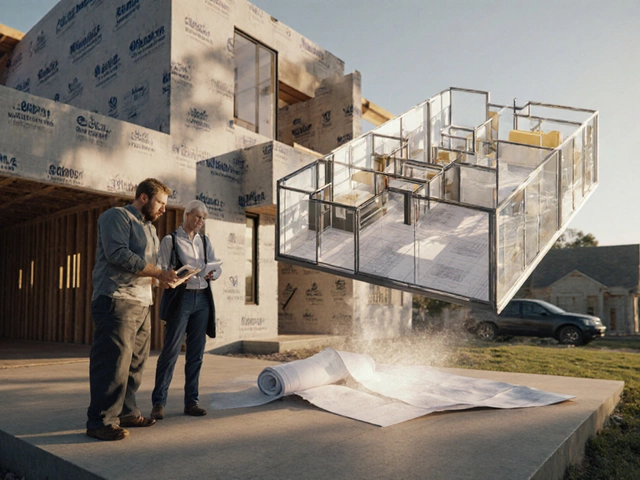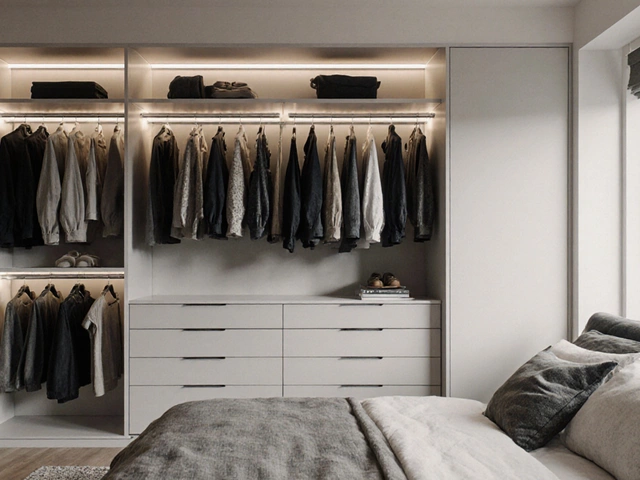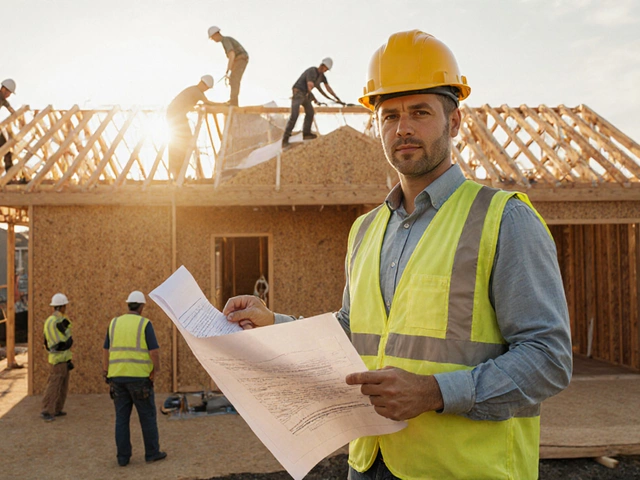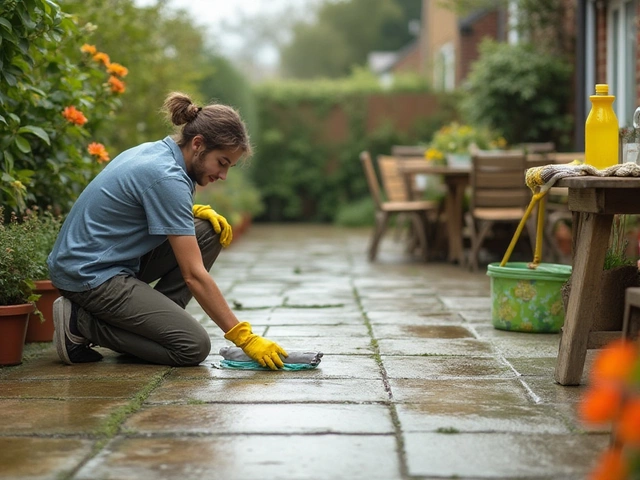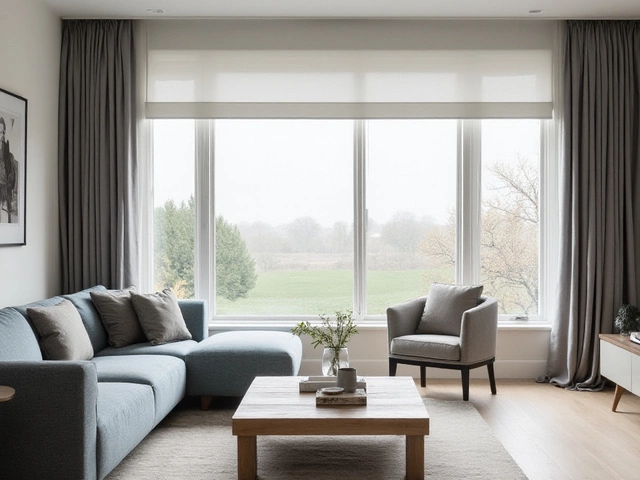Flooring Value Calculator
How Much Value Will Your Flooring Add?
Based on the National Association of Realtors data, this calculator estimates potential resale value increase from flooring upgrades. Results are approximate and depend on local market conditions.
Estimated Value Increase
Note: Values based on 2024 Home Buyer and Seller Trends Report.
Hardwood floors add 5-10% value, LVP adds 2-4%, carpet replacement adds $10k-$15k.
When you’re thinking about selling your home, the floor under your feet might be the most important thing you’re not paying attention to. Buyers notice flooring first. Not the paint color. Not the light fixtures. The floor. And if it’s worn, outdated, or cheap-looking, they start imagining repair costs-even if the rest of the house is perfect.
Hardwood Flooring Still Wins by a Long Shot
Nothing adds more consistent, long-term value to a home than real hardwood flooring. In Vancouver, where homes sell fast and buyers expect quality, solid hardwood (especially oak, maple, or walnut) is still the gold standard. According to the National Association of Realtors’ 2024 Home Buyer and Seller Trends Report, 78% of buyers are willing to pay more for homes with hardwood floors. That’s not a small bump-it’s a 5% to 10% increase in resale value, depending on condition and location.
Why? Because hardwood lasts. A well-maintained hardwood floor can last 50 to 100 years. It doesn’t crack like tile, peel like laminate, or look dingy like low-grade vinyl. It can be sanded and refinished multiple times, which means even a 30-year-old floor can look brand new with a little love. In a market where buyers are tired of replacing things, that’s a huge selling point.
And it’s not just about looks. Hardwood floors are easier to clean, better for allergies, and don’t trap dust or pet hair like carpet. In a city like Vancouver, where people spend a lot of time indoors during wet winters, that matters.
Engineered Wood: The Smart Alternative
Not every home can handle solid hardwood. Basements? Concrete slabs? Radiant heating systems? That’s where engineered wood comes in. It’s made of a thin layer of real hardwood bonded to layers of plywood. It’s more stable than solid wood, so it doesn’t expand or contract as much with humidity changes-perfect for Vancouver’s damp climate.
Engineered wood looks identical to solid hardwood from above, and it’s often cheaper to install. It’s also compatible with underfloor heating, which is common in newer builds. Many buyers can’t tell the difference, and appraisers treat it the same way when evaluating home value. The only downside? It can only be refinished once or twice, depending on the top layer thickness. But for most homeowners, that’s more than enough.
For maximum value, choose a 3/8-inch or thicker top layer. Avoid anything under 2mm. That’s the line between a floor that lasts and one that’s just a temporary fix.
Luxury Vinyl Plank (LVP): The Rising Contender
Luxury vinyl plank has exploded in popularity over the last five years. And for good reason. It’s waterproof, durable, and costs about half as much as hardwood. In kitchens, bathrooms, and basements, LVP is now the go-to choice. But here’s the catch: it doesn’t add the same resale value as wood.
Buyers see LVP as a practical, budget-friendly option-not a premium feature. You won’t get a 10% premium for LVP like you would for oak. But you also won’t lose value if it’s installed well. In fact, in homes with high moisture risk (think: condos near the ocean or homes with kids and pets), LVP can actually help sell faster. It’s low-maintenance, scratch-resistant, and comes in realistic wood and stone patterns.
The key? Don’t go cheap. Avoid thin LVP (under 5mm) with a worn-out wear layer. Look for products with a 20-mil or thicker wear layer and a rigid core. Brands like Shaw, Mohawk, and Armstrong offer LVP that looks and feels like real wood. If you install it in the right rooms-kitchen, laundry, basement-it’s a smart move. Just don’t expect buyers to pay extra for it.
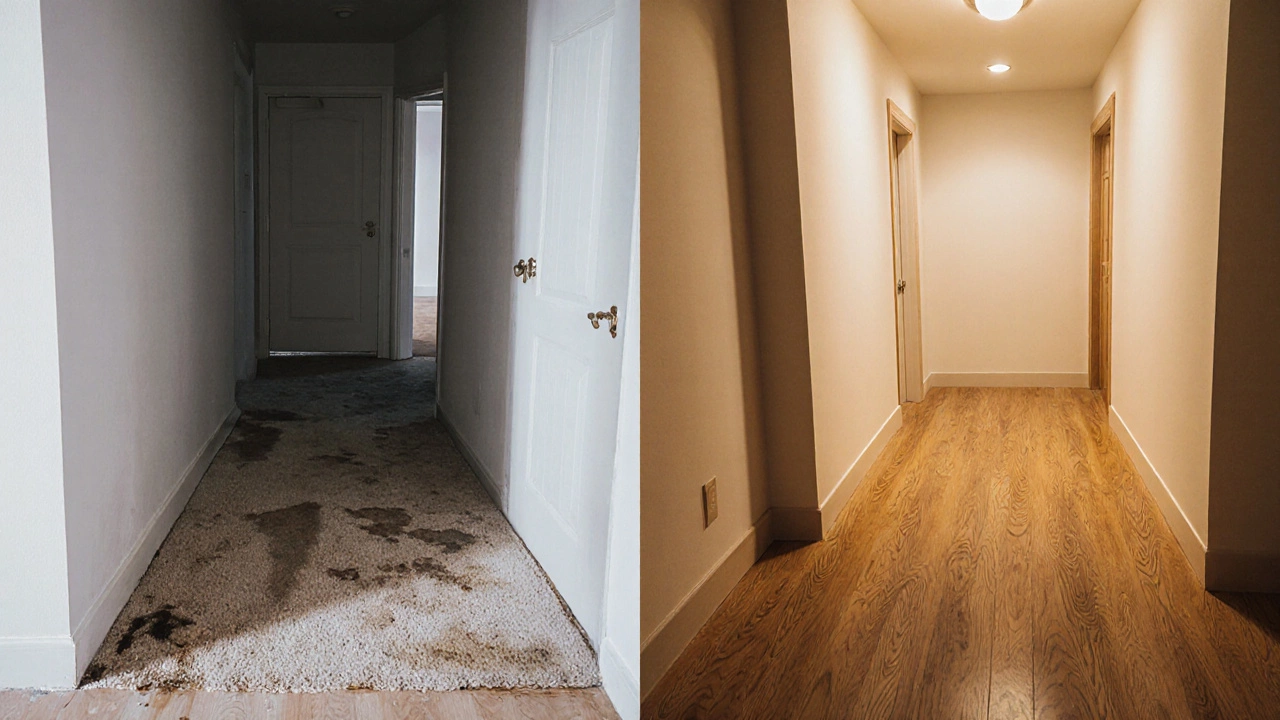
What Flooring Lowers Home Value?
Some floors don’t just fail to add value-they drag it down.
Carpet is the biggest offender. Even if it’s clean, buyers assume it’s hiding odors, stains, or allergens. In a competitive market, carpeted rooms are often seen as red flags. If you’re selling, remove it. Replace it with hardwood, engineered wood, or LVP. The cost to replace carpet in a 1,500-square-foot home is around $4,000 to $6,000. But you could recoup $10,000 to $15,000 in increased home value.
Old, scratched, or stained laminate is another problem. It looks cheap, wears out fast, and doesn’t hold up to moisture. Buyers see it as a sign the previous owners didn’t care about upkeep. Tile, especially outdated 1980s-style ceramic, can also turn buyers off. It’s cold, hard, and often looks dated unless it’s modern porcelain with a wood-look finish.
The rule? If your floor looks like it was installed in the 90s or earlier, and it’s not hardwood, it’s costing you money.
Color and Finish Matter More Than You Think
It’s not just the material-it’s the look. In 2025, buyers in Vancouver and across North America are drawn to medium-toned hardwoods. Think walnut, hickory, or medium oak with a matte or satin finish. Dark floors are still popular, but they show dust and scratches more easily. Light floors can look washed out in homes with limited natural light.
Stick to neutral tones. Avoid bold stains like red, green, or gray-tinted wood. Those are personal tastes-and personal tastes don’t sell homes. Buyers want to imagine their own furniture, their own style, in your space. A warm, natural wood tone does that best.
Also, avoid wide-plank flooring if your home is small. It can make rooms feel smaller. Stick to 3- to 5-inch planks in standard homes. Save the 7-inch planks for large, open-concept spaces.
Installation Quality Is Non-Negotiable
A beautiful floor installed poorly is worse than a cheap floor installed well. Gaps, uneven seams, squeaks, or visible nail holes? Buyers notice. And they’ll deduct the cost of repairs from their offer.
Always hire a professional. DIY flooring might save $1,000 upfront, but if the job looks amateurish, you could lose $5,000 to $10,000 in resale value. Make sure the subfloor is level, the moisture barrier is in place, and the installer has experience with your chosen material.
In Vancouver, where humidity swings between 30% in winter and 80% in summer, proper acclimation is critical. Wood needs to sit in the house for at least 72 hours before installation. Skip that step, and your floor could warp within a year.
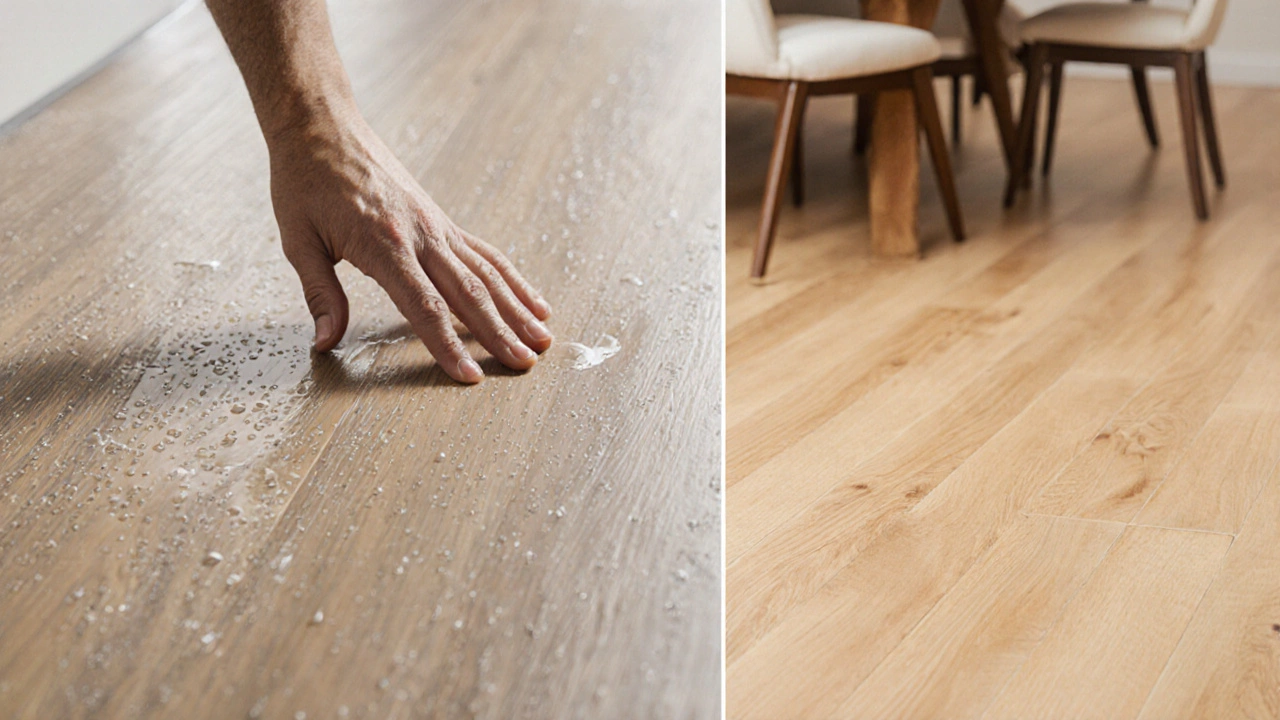
Where to Invest and Where to Skip
Not every room needs the same flooring. Here’s a simple strategy:
- Main living areas (living room, dining room, hallway): Go with solid or engineered hardwood. This is where buyers spend the most time and where value matters most.
- Kitchen and laundry: Luxury vinyl plank is fine here. It’s durable, waterproof, and easy to clean.
- Basement: Use engineered wood or LVP. Avoid solid hardwood-it’s too sensitive to moisture.
- Bedrooms: Hardwood is ideal, but if budget is tight, high-quality carpet with a dense pad is acceptable. Just make sure it’s neutral and clean.
- Bathrooms: Stick with porcelain tile or waterproof LVP. Wood is risky here unless it’s specially sealed and installed by a pro.
Don’t mix materials randomly. If you have hardwood in the living room, don’t switch to tile in the dining room unless it’s a seamless transition. Consistency creates flow-and flow increases perceived value.
What Buyers Really Say
I’ve worked with over 200 home sellers in the Lower Mainland since 2020. The most common comment from buyers? "The floors are beautiful. I didn’t even think about replacing them." That’s the goal.
One client in North Vancouver replaced her old carpet with engineered oak. She spent $8,500. Three weeks later, she got an offer $17,000 above asking price. The buyer’s agent said, "The floors made the difference. They looked like the home was cared for."
Another seller in Burnaby kept her 15-year-old laminate. She got three offers-all $20,000 below asking. The buyers all mentioned the "dated flooring" in their feedback.
It’s not magic. It’s math. Good flooring = fewer objections = faster sale = higher price.
Final Rule: Match Your Budget to Your Timeline
If you’re selling in the next 6 months: invest in hardwood or engineered wood in the main living areas. Replace carpet. Upgrade LVP in the kitchen if it’s worn.
If you’re planning to stay for 5+ years: go with hardwood throughout. It’s an investment that pays off every year-not just when you sell.
If you’re on a tight budget: focus on the first room buyers see. The entryway. The living room. A clean, fresh floor in those areas can make the whole house feel new.
There’s no perfect flooring for every home. But there is one truth: when it comes to home value, nothing beats real wood. Everything else is a compromise. Choose wisely.
Does engineered wood add as much value as solid hardwood?
Yes, in most cases. Buyers and appraisers can’t tell the difference visually, and engineered wood performs better in humid climates like Vancouver’s. It’s more stable, easier to install over concrete, and compatible with radiant heating. As long as it’s high-quality (3/8 inch or thicker top layer), it adds nearly the same resale value as solid hardwood.
Is luxury vinyl plank (LVP) worth it for resale?
LVP won’t increase your home’s value like hardwood, but it won’t hurt it either-if installed well. It’s ideal for moisture-prone areas like kitchens and basements. Buyers see it as practical, not premium. So use it where it makes sense, but don’t install it in the living room if you want to maximize value. Stick to wood there.
Should I replace carpet before selling?
Absolutely. Carpet is the #1 flooring turnoff for buyers. Even if it’s clean, they assume it hides odors, stains, or allergens. Replacing it with hardwood or LVP typically costs $4,000-$6,000 but can add $10,000-$15,000 to your home’s value. The return on investment is one of the highest in home renovation.
What color wood flooring sells best?
Medium tones like walnut, hickory, or medium oak with a matte or satin finish sell best in 2025. They’re warm, neutral, and work with most decor styles. Avoid dark stains (they show dust) and light stains (they look washed out in low-light homes). Also skip bold colors like red or gray-tinted wood-they’re too personal.
Can I install hardwood in a basement?
Solid hardwood? No. The moisture risk is too high. Engineered wood? Yes-if it’s specifically rated for basements and installed over a proper moisture barrier. LVP is often the safer bet. Always test your subfloor for moisture before installing any wood product in a basement.
